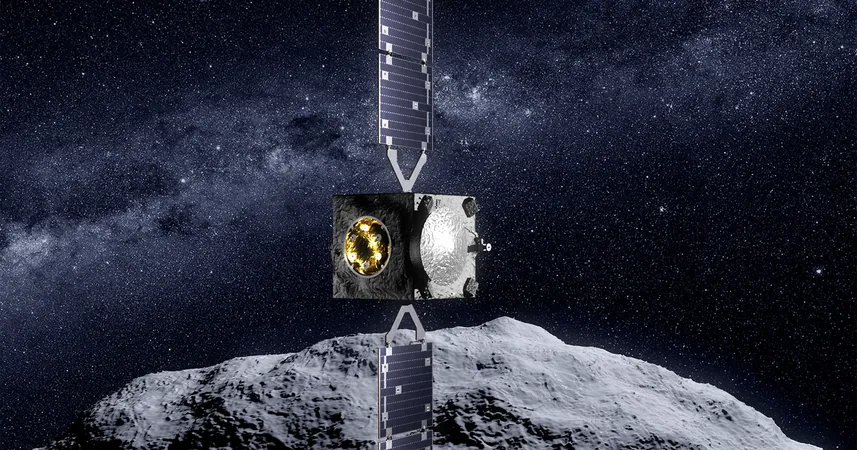
How the Asteroid that Destroyed Dinosaurs Paved the Way for Ant Agriculture
2024-10-06
Introduction
In a fascinating twist of fate, the catastrophic meteor impact that wiped out the dinosaurs around 66 million years ago may have unexpectedly catalyzed the dawn of "ant agriculture." This significant event transformed Earth's ecosystems, leading to an explosion in fungal populations that thrived in the low-light conditions following the impact. The surge of fungi, which evolved to decompose organic matter from the mass extinction, created an ideal backdrop for the ancestors of today's leafcutter ants to begin cultivating these microorganisms, as revealed by a groundbreaking study published in *Science* on October 3, 2023.
Research Insights
According to the research team led by André Rodrigues from the Institute of Biosciences at São Paulo State University, previous understandings of fungus-farming ants lacked precision in their timeline. This study sheds light on the evolutionary origins of these microorganisms by analyzing ultraconserved elements (UCEs) within the genomes of 475 fungal species gathered across the Americas. UCEs are genetic markers that remain largely unchanged over time, allowing scientists to trace the evolutionary lineage with remarkable accuracy.
Fungal Lineages and Ants
Remarkably, the findings indicate that two distinct fungal lineages emerged almost simultaneously from a common ancestor of today's leafcutter ants right around the time of the asteroid's impact. This suggests that fungi were well-prepared for a partnership with ants long before this mass extinction event. The researchers theorized that, while fungi weren't initially a crucial food source for ants, the drastic changes in their environment may have pushed the relationship into a more dependent, symbiotic model—creating an obligatory mutualism.
Ants Cultivating Fungi
Ants now cultivate various types of fungi, adapting growth patterns to produce nutrient-rich structures that serve as a food source. Experiments have shown that in laboratory settings, these fungi typically grow in expected forms, but within ant colonies, they develop swollen, cluster-like structures resembling grapes—packed with sugars and nutrients—a transformation that remains a mystery to scientists.
Ecological Diversification
As the planet underwent more changes, including the rise of the Cerrado biome 27 million years ago, ant species diversified in response to new ecological pressures. This diversification not only improved their agricultural techniques but also enhanced their symbiotic relationships with fungi, optimizing both partners' abilities to thrive in the environment.
Biotechnological Potential
Today, researchers are exploring the biotechnological potential of enzymes produced by these fungi, which could play a significant role in breaking down materials like plastics—highlighting the continued relevance and evolution of this ancient partnership.
Conclusion
In essence, while the asteroid's impact spelled doom for the dinosaurs, it unintentionally opened a new chapter in Earth's history—one where ants became the world's pioneers of agriculture, showcasing nature’s resilience and adaptability in the face of catastrophe. The intertwined destinies of ants and fungi illuminate a remarkable example of ecological triumph stemming from what was once deemed a cataclysmic event. Who knew that the end of an era would lead to the birth of a new agricultural revolution?









 Brasil (PT)
Brasil (PT)
 Canada (EN)
Canada (EN)
 Chile (ES)
Chile (ES)
 España (ES)
España (ES)
 France (FR)
France (FR)
 Hong Kong (EN)
Hong Kong (EN)
 Italia (IT)
Italia (IT)
 日本 (JA)
日本 (JA)
 Magyarország (HU)
Magyarország (HU)
 Norge (NO)
Norge (NO)
 Polska (PL)
Polska (PL)
 Schweiz (DE)
Schweiz (DE)
 Singapore (EN)
Singapore (EN)
 Sverige (SV)
Sverige (SV)
 Suomi (FI)
Suomi (FI)
 Türkiye (TR)
Türkiye (TR)